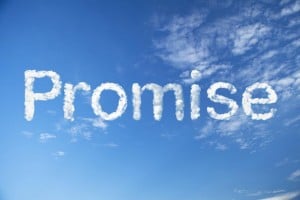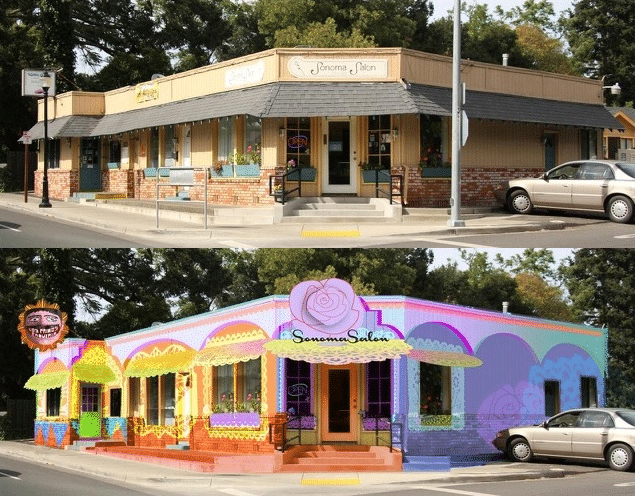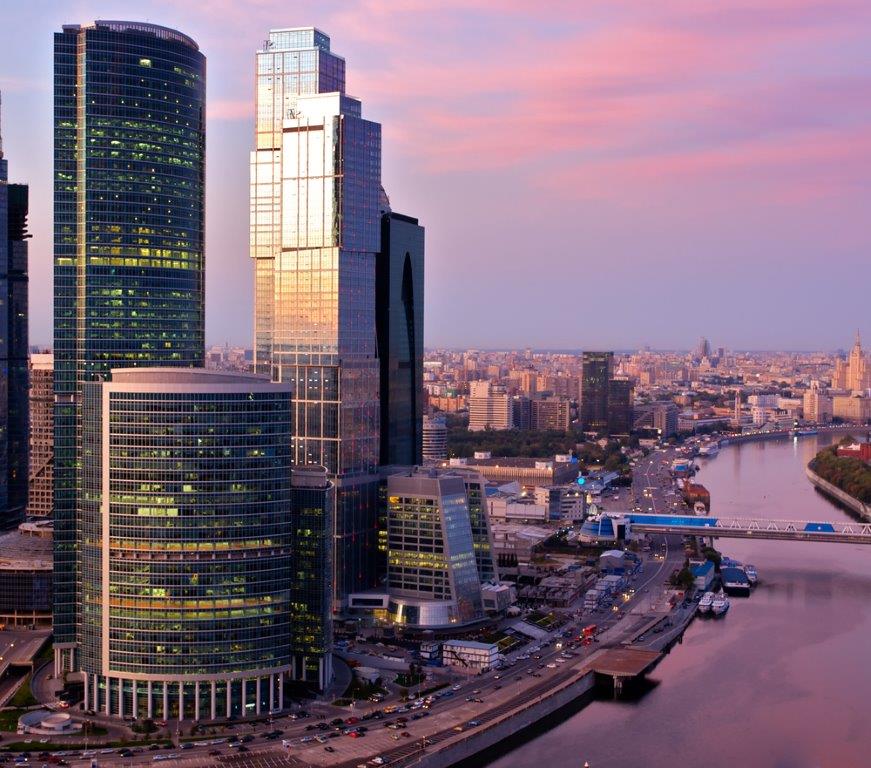 We are often asked, “What was the biggest challenge you faced growing the Barefoot Wine brand?” People are always surprised by our answer, “out-of-stocks.” It’s the biggest problem facing any new brand.
We are often asked, “What was the biggest challenge you faced growing the Barefoot Wine brand?” People are always surprised by our answer, “out-of-stocks.” It’s the biggest problem facing any new brand.
Some purists try to make a distinction between brands and products, often because they are selling graphic art in the form of logos, letterhead, and labeling. They, and most marketing and entrepreneurial schools, overlook the fact that your brand is only as good as your product, and your product is only as good as its availability and dependability. We’ve seen a lot of well-designed and well-thought brands die in their infancy because their products were out-of-stock.
You may say, “I can’t be responsible for what happens to my product in the distribution channel after it leaves my warehouse.” But it is your problem and it is your responsibility. The #1 factor that affects your brand image is convenience. If it’s not there they can’t buy it. Worse, it gets the reputation of being “hard-to-get” by both your retailers and your consumers. This reputation in the early stages of brand building will taint your brand image. Buyers at every level will say, “I loved that brand but it’s undependable!”
Out-of-stocks happen, remarkably, not because you are a slow mover but because you are a fast mover! In fact our products sold so quickly in the early days that our retailers didn’t have enough back stock to replenish our product once their shelf stock sold out. Why? Because new brands have no real track record that would justify holding more inventory, and no one wants to take a chance on sitting on unsold inventory. The wholesalers had the same concerns.
So when your brand first hits the bricks, you should too! Be vigilant about inventories at all levels. We advise our clients who are marketing new brands to spend more time on the street to encourage reorders through their wholesalers and retailers long before they run out. In fact, go a bit further and identify the turn-around time from the wholesaler’s purchase order until new goods are received, and the time it takes the wholesaler to get those goods to the retailer. Don’t forget to throw in how long it takes the wholesaler’s representative to get the order from the retailer and how long it takes the retailer to get your product back on the shelf. It all takes much longer than you would think.
When a train starts out, there is a period where the cars tend to bang into one another as they each overcome inertia at a slightly different time. That same kind of domino effect can hurt your brand image in the early days as orders get delayed while shelves are empty. Not only does your hard-earned brand fan buy another brand, but now she is less likely to spread the good word as she knows the “hard-to-get” complaints will come back to haunt her.
If that’s not enough havoc for your brand building challenge, consider this: Now that the shelf is empty, and your retail partner is losing money supporting an empty shelf, he feels justified putting something else in your space that’s easier to get. That is, if the competition hasn’t already taken that precious space first!
So you might say, “Wow! I’d have to be everywhere!” Yes, you do! That’s why we recommend starting small in a manageable area and preventing out-of-stocks. Just remember: When you play the “hard-to-get” game, nobody wins!


